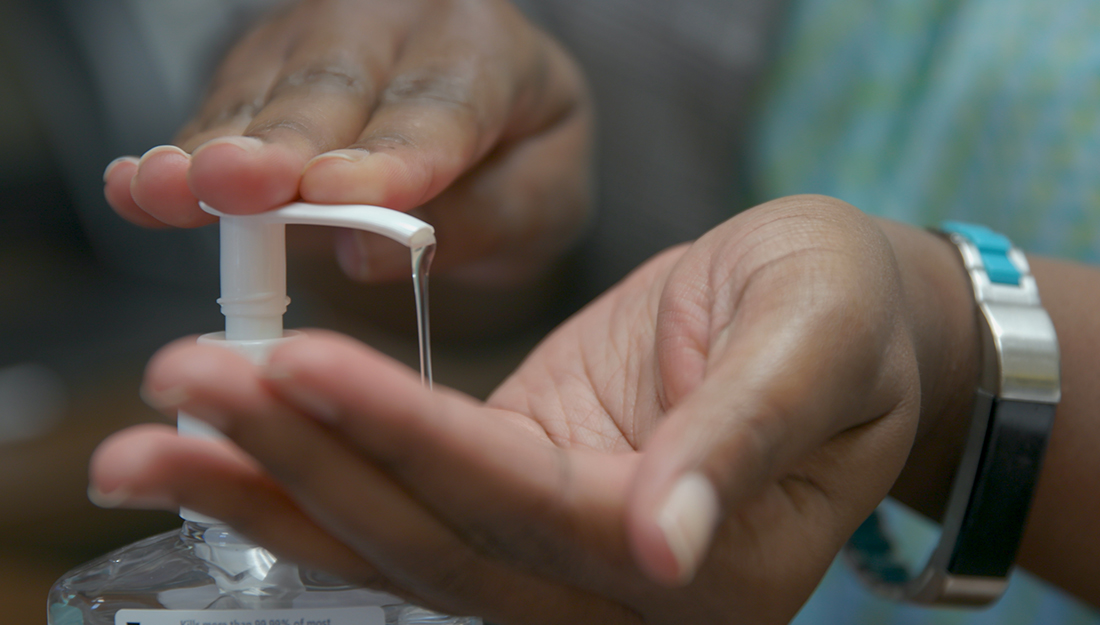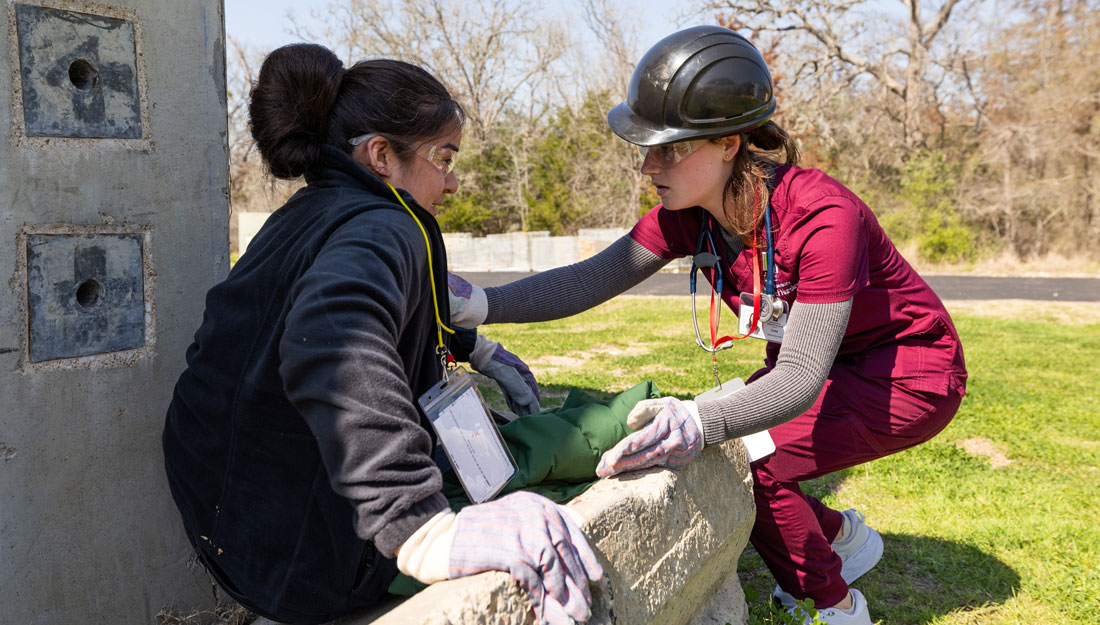- Leslie Cockrell
- Featured, Healthy Living, Show on VR homepage, Trending
Which is better, using soap and water or sanitizer?
Experts weigh in on the pros and cons of both methods

A person applies alcohol-based hand sanitizer to their hands.
Despite a recent study that suggests using hand sanitizers is more effective at keeping children from getting sick, the Centers for Disease Control and Prevention (CDC) and medical experts continue to emphasize the importance of using soap and water when washing hands.
“Hand-washing is one of the most effective ways of preventing the spread of disease,” said James Mobley, MD, MPH, FAAFP and medical director of Texas A&M Healthy South Texas. “Be sure to wash your hands before eating or preparing food, before, during and after preparing food, after using the toilet and after blowing your nose, coughing or sneezing.”
Mobley said that either method is better than not washing at all, but he stresses “soap and water are preferred to alcohol-based hand sanitizer.”
Why soap is better
The CDC says that using soap when washing your hands does a better job cleaning than hand sanitizer, or water alone, “because the surfactants in soap lift soil and microbes from skin, and people tend to scrub hands more thoroughly when using soap, which further removes germs.”
A surfactant is a substance that, when added to a liquid, decreases its surface tension. The lower surface tension increases the liquid’s spreading and wetting capabilities.
The lather created by getting the soap wet, along with the friction caused when scrubbing your hands together, work together to remove both visible and unseen contaminants.
Washing with soap and water
Most of us learned how to properly wash our hands when we were kids. However, as we get older (and busier), our technique tends to get sloppy. Follow the CDC’s handwashing directions below to brush up on your techniques.
- Wet your hands with running, clean water (water can be warm or cold). Turn off the faucet and apply soap.
- Lather your hands by rubbing in the soap. Be sure to get the backs of your hands, in between your fingers and under your nails.
- Scrub your hands for a minimum of 20 seconds. Most of us rush through this step, but the CDC says that this average amount of time spent scrubbing “removes more germs from hands than washing for shorter periods.”
- Rinse your hands under clean, running water. The friction from scrubbing while rinsing and the flow of the water will remove the soil, germs and soap from your hands.
- Dry your hands using a clean towel, paper towel or air-dry them. Germs are more difficult to transfer with dry hands.
Hand sanitizer is still useful
Hand sanitizer can be used in circumstances where soap and water aren’t available, such as the aftermath of a hurricane—or in a busy day care center, which was the setting of the study showing the benefits of hand sanitizer.
The CDC acknowledges the usefulness of hand sanitizers in these situations, but warns of their limitations.
“Alcohol-based hand sanitizers can quickly reduce the number of microbes on hands in some situations, but sanitizers do not eliminate all types of germs,” according to the CDC.
Mobley says to be sure the sanitizer you’re buying has at least 60 percent alcohol.
“We don’t recommend using alcohol-free hand sanitizers,” Mobley said, “because they may not kill the germs and may irritate skin.”
Swallowing alcohol-based sanitizers can also cause alcohol poisoning, so adults should keep them out of children’s reach and supervise children when using sanitizers.
How to use hand sanitizer
The steps for effectively using hand sanitizer probably seem routine, but some people get key steps wrong.
“The most common mistake is to stop before the hands are dry. Or wiping excess sanitizer off with a towel,” Mobley said. “Also, using too little sanitizer is common.”
- Apply the product to the palm of your hand. Read the product’s label to learn the correct amount to use.
- Rub hands together, making sure to cover all surfaces of your hands and fingers.
- Let hands dry.
The bottom line
Soap and water seem to be best when it comes to preventing the spread of disease-causing germs. But whether using soap or sanitizer, clean hands are better, Mobley says. “It is less important how you clean your hands than that you clean your hands,” he said.
Media contact: media@tamu.edu


